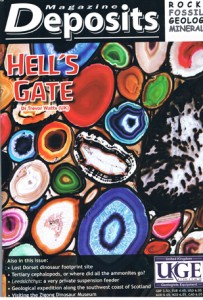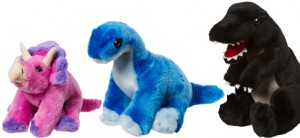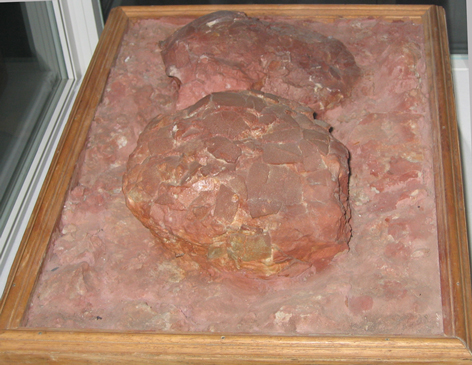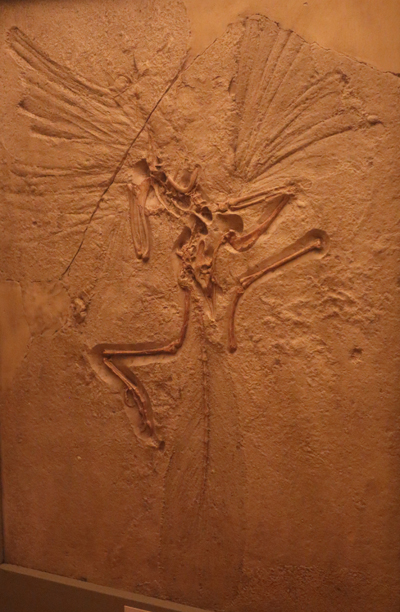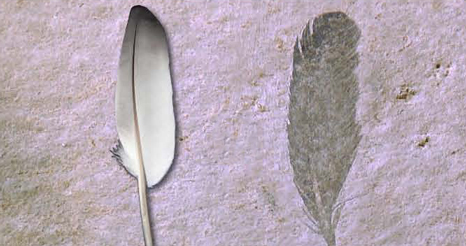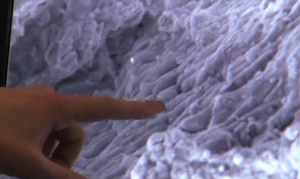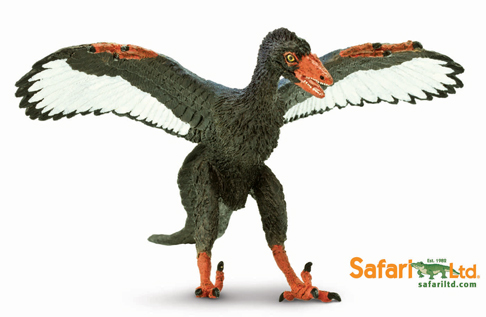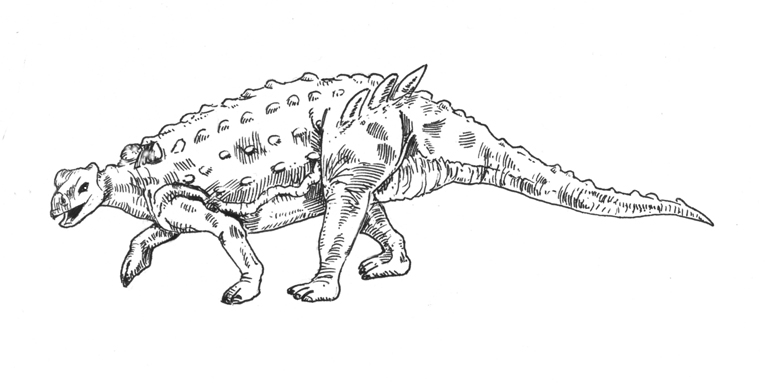Study of Hazda People of Tanzania Provides Insight into our Earliest Social Networks
A team of Anglo/American scientists have concluded that early humans (H. sapiens) built similar social networks to their modern descendants. A study of a tribe from Tanzania, that live off the land and act as a model for early human settlements reveals that despite our technology, the way we interact with each other has not changed much for the best part of 200,000 years.
Scientists have speculated that one of the reasons for our own species success when compared to the Neanderthals or indeed H.erectus may have been our ability to develop larger social networks and therefore be able to share information and exchange ideas. A greater amount of social interaction would have helped ideas to catch on more quickly, thus contributing to our species survival in difficult times.
We carry out an experiment with school children where we split the class into two groups to represent two tribes, set them a problem involving the need to store water and then once one tribe has worked out what to do, we extend the session by getting the students to debate whether or not they would share the information with their neighbouring tribe. Using an ostrich egg, a stick, ants and a handful of straw we can gain a fascinating insight into human psychology.
Earliest Human Social Networks
The Anglo/American study explores similar themes, permitting an insight to how H. sapiens could survive and eventually flourish despite the difficult climate conditions of the Pleistocene Epoch. Avoiding extinction, the fate of the dinosaurs is the name of the game.
Writing in the scientific journal “Nature” the research team concludes that prehistoric humans built social networks that resemble those seen in modern societies. The British and American scientists focused on a single tribe, known as the Hadza who make their living by foraging in the Lake Eyasi region in the Great Rift Valley (Tanzania).
Ironically, this part of Africa is often referred to as the “cradle of humanity” as it is believed, and the fossil record backs this up, that our species evolved in this part of Africa before migrating out of Africa (at least two migrations) and spreading worldwide.
In the study, several interesting patterns of human behaviour emerge. Humans co-operate readily but also can be selfish.
Emerging Patterns
The patterns that emerged, in which both co-operation and selfishness seemed to be contagious, offer a rare perspective on the question of how the social psychology of early humans has shaped modern social life. Several hundred Hadza tribes people were involved in the study. They were given a series of tasks to complete, such as a survey of who their preferred camp-mates were, to whom would they offer food, such as precious sweet honey, the only sweet food item in their diet and highly prized as a result.
The research team also investigated how willing individuals were prepared to work for the good of community – how many would donate honey to a communal pool of the sweet, sticky substance.
Coren Apicella, a post PhD student at Harvard, who analysed the data from the study commented:
“The Hadza represent possibly one of the most extreme departures from life in industrialised societies, and they remain relatively isolated from modern cultural influences,” the authors write. Yet all the examined properties of social networks seen in modernised societies also appear in the Hadza.”
In a society where the need to build social networks can make the difference between life and death certain common patterns were discovered, patterns that are reflected in modern human interactions. Popular people befriend other popular people – a pattern of human behaviour reflected in on-line social networks such as Facebook.
People with similar backgrounds and interests are more likely to form a close social tie. These networks can permit as well as constrain everything from coughs and colds, other diseases to important ideas. Could this be why the wheel or early metal working caught on so quickly?
For a recent article highlighting a potential incident of human aggression preserved in the fossil record: Earliest Evidence of Human Aggression.
Friendship is something that is not preserved in the fossil record. However, studying nomadic, hunter-gatherer peoples can provide an insight into how social ties and bonds helped our own species survive and then flourish. Family ties are strong but social co-operation with non related people is a gamble. The study identified a certain profile of tribe member who was prepared to take the benefits of social co-operation whilst remaining more selfish and self-interested.
The research team postulate that co-operation may be an evolved behaviour, otherwise unco-operative people would have out-competed co-operative groups long ago. By working together, what we refer to as the “Sesame Street complex”, people can gain mutual benefit and society is strengthened as a whole. The advantage gained, according to this study can be multiplied, catch and evolve on.
The authors of the paper suggest:
“Although natural selection is said to favour defection in unstructured populations where all individuals have an equal chance of interacting with one another, co-operation can evolve if population structure permits clustering. This feature allows co-operators to increase in the population because they benefit from the public goods provided by fellow co-operators with whom they interact.”
The effect is for the co-operative and unco-operative to shun each other. Among the Hadza, the researchers found that variation between groups was much greater than variation within groups. In other words, co-operative people cluster together and boost their chances of success, while the unco-operative take their chances on their own, with the ultimate effect of making the human race more co-operative.
Technology may have moved on, but the basic human ability to build networks and develop social ties remains fundamental to our own species survival. Certainly, with seven billion of us now on planet Earth, it is a good thing that most of us have a social nature “wired” into us.
For models and replicas of prehistoric animals and ancient hominids visit Everything Dinosaur’s award-winning website: Everything Dinosaur.


